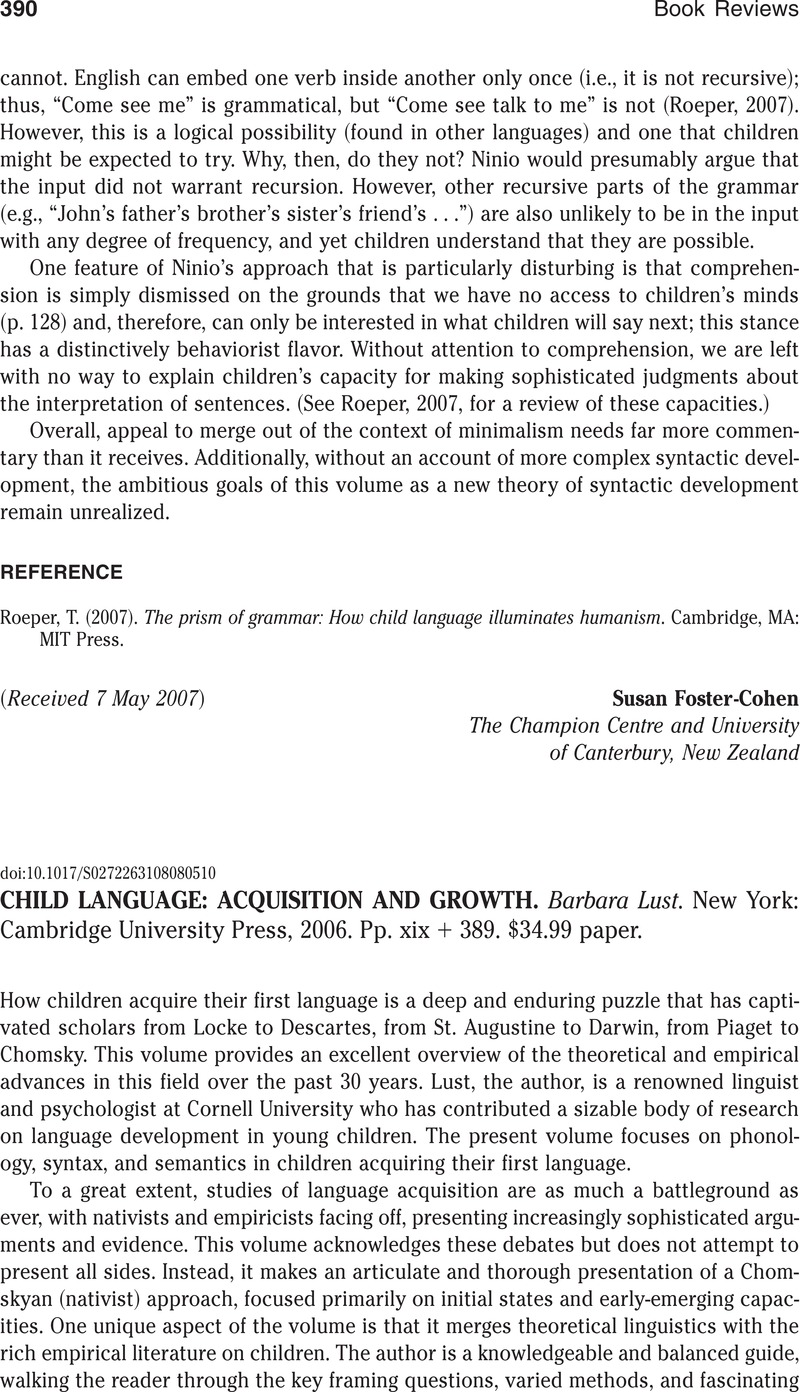Crossref Citations
This article has been cited by the following publications. This list is generated based on data provided by Crossref.
Mitchell, Yvonne Awhina
Thomas, Bree-Anna
Clifford, Amanda E.
Kittow, Georgia Hayley
and
Reese, Elaine
2025.
Aotearoa's linguistic landscape: exploring the use of te reo Māori in English-medium early childhood education.
Journal of the Royal Society of New Zealand,
Vol. 55,
Issue. 1,
p.
113.



